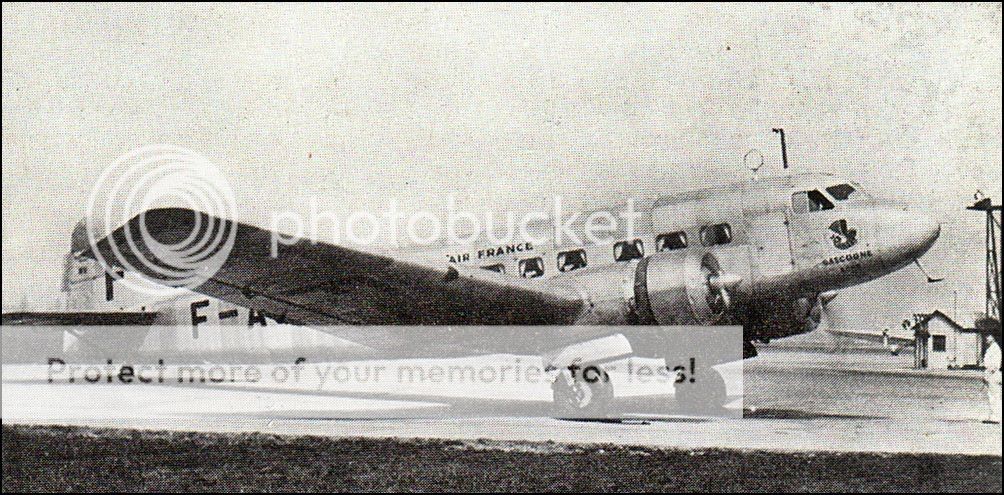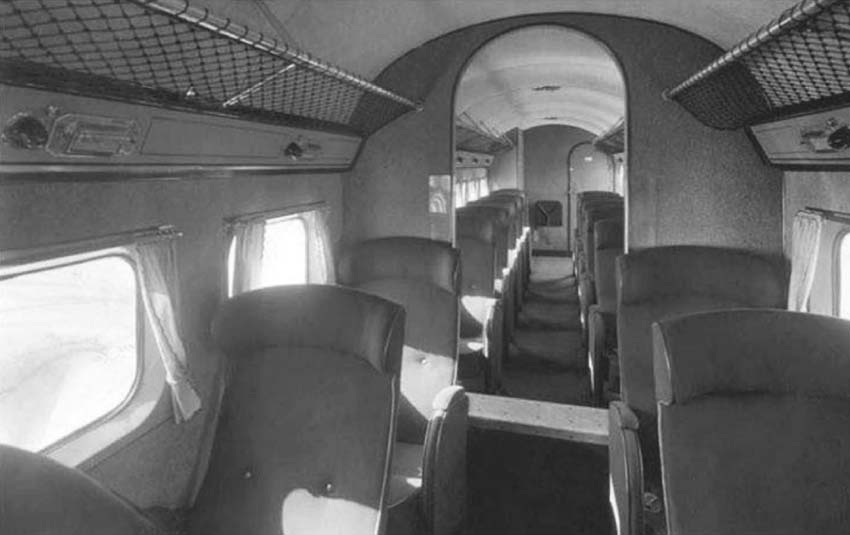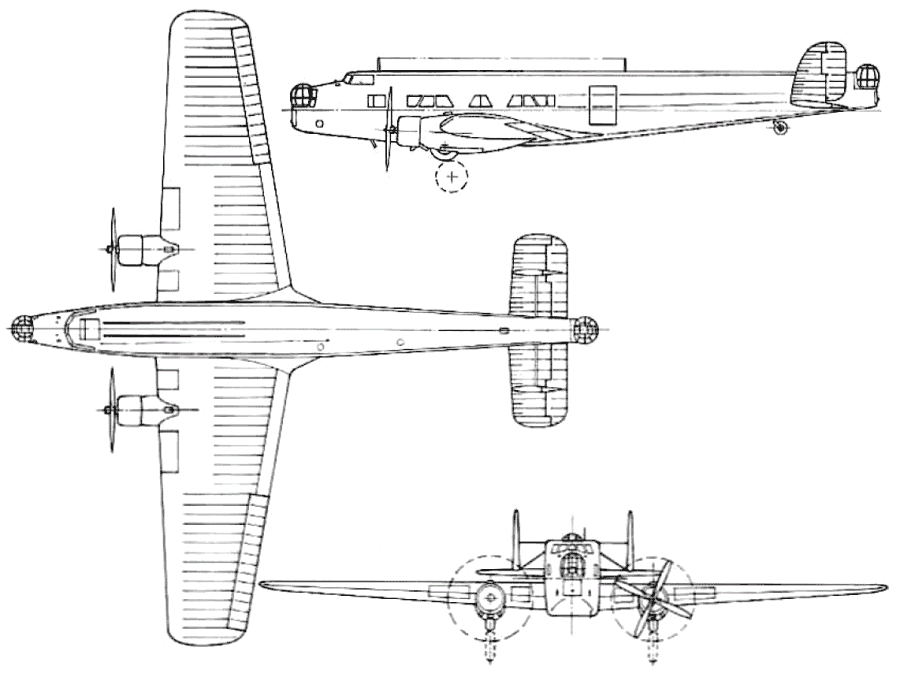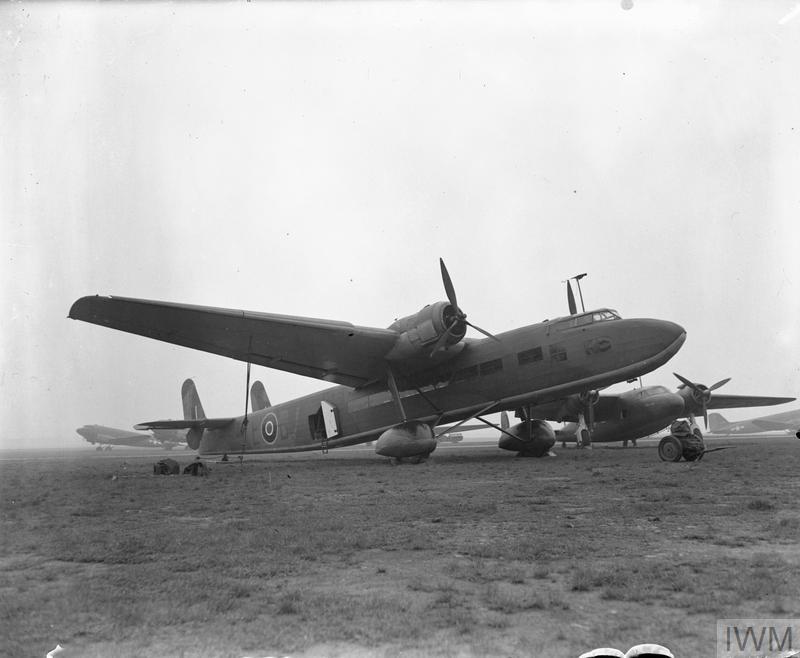There's a slight flaw here. Britain didn't order any DC3s until mid-1941, first ones arrived in October 1941. Assuming that Pearl Harbour happens as OTL then there's only a 4 month gap in that order happening.
We didn't actually need large troop transport aircraft until we were ready and planning for the Liberation of Europe. Until then we used all the old bombers - Vickers Valentia, Vickers Wellesley, Handley Page Harrow/Sparrow etc. and took over all the airliners in the country. We even impounded the Junkers sent to bring the German Ambassador back to Berlin in 1939!
Otherwise there were several bomber conversions during and after the war with the Avro York, Avro Lancastrian, Vickers Warwick Mk3, Vickers Viking, HP Hastings, HP Halifax/Halton.
Talking of Dakota (the state!) reminds me of how Lockheed got round the ban on selling military aircraft in 1940. The ban was on flying them to a belligerent nation so they were towed across the border!
http://bismarcktribune.com/news/col...cle_3fee7a32-2019-11e0-a0f8-001cc4c03286.html
I have long pondered the possibility of an early C-130 Hercules. Looks like a simple design but I think the main problem is the engine power available in 1940. It needed 3750hp per engine and even the Rolls Royce Merlin only got up to 1200hp.






